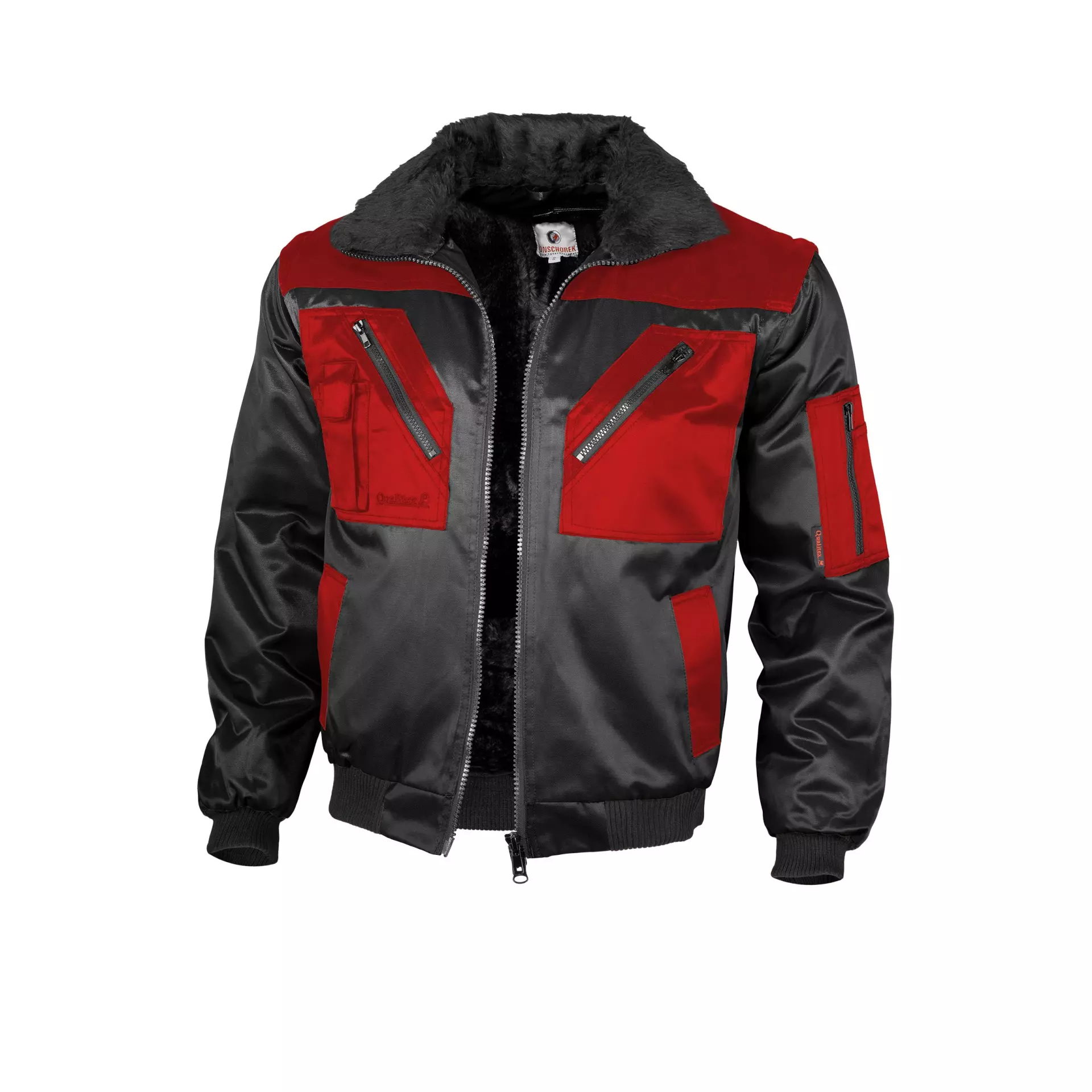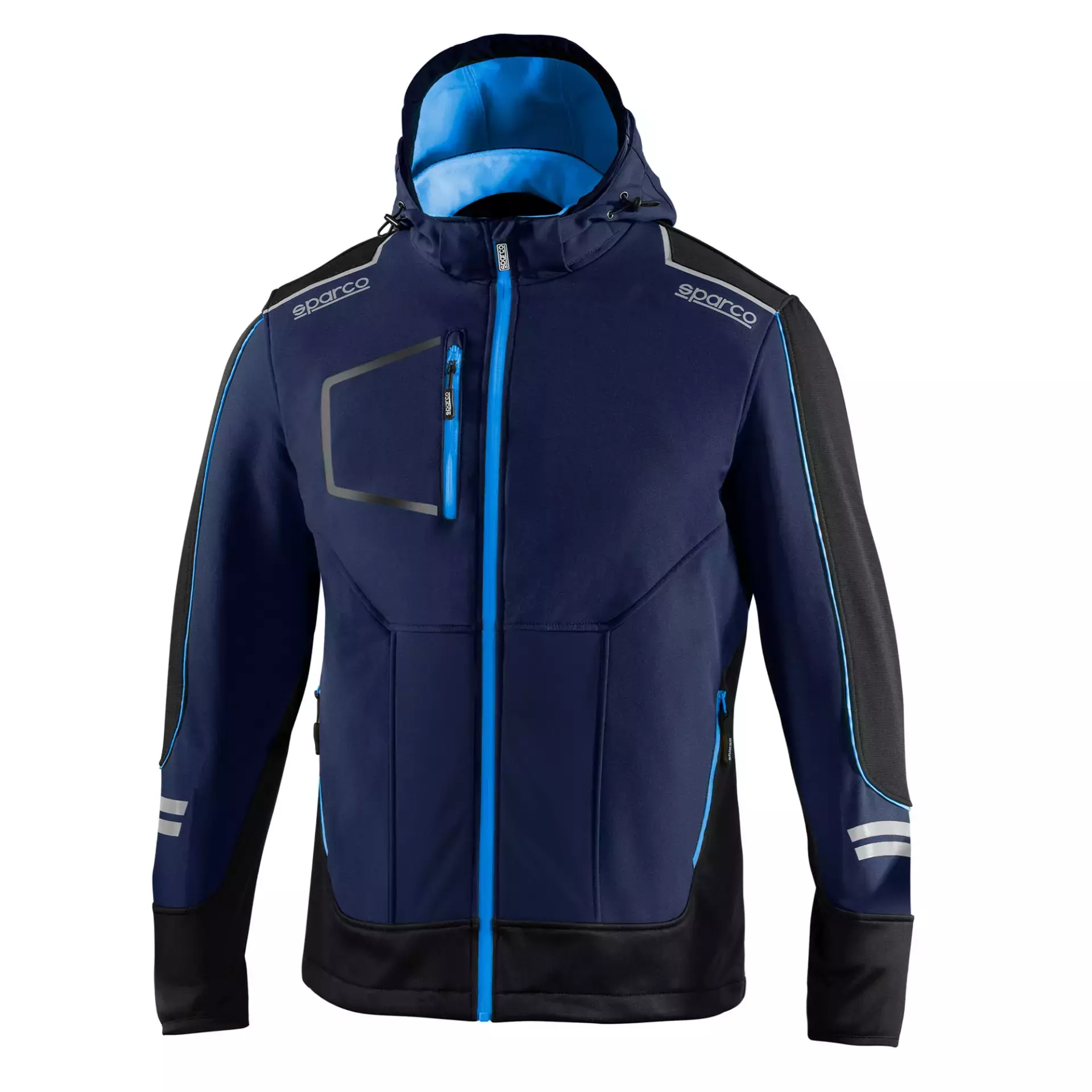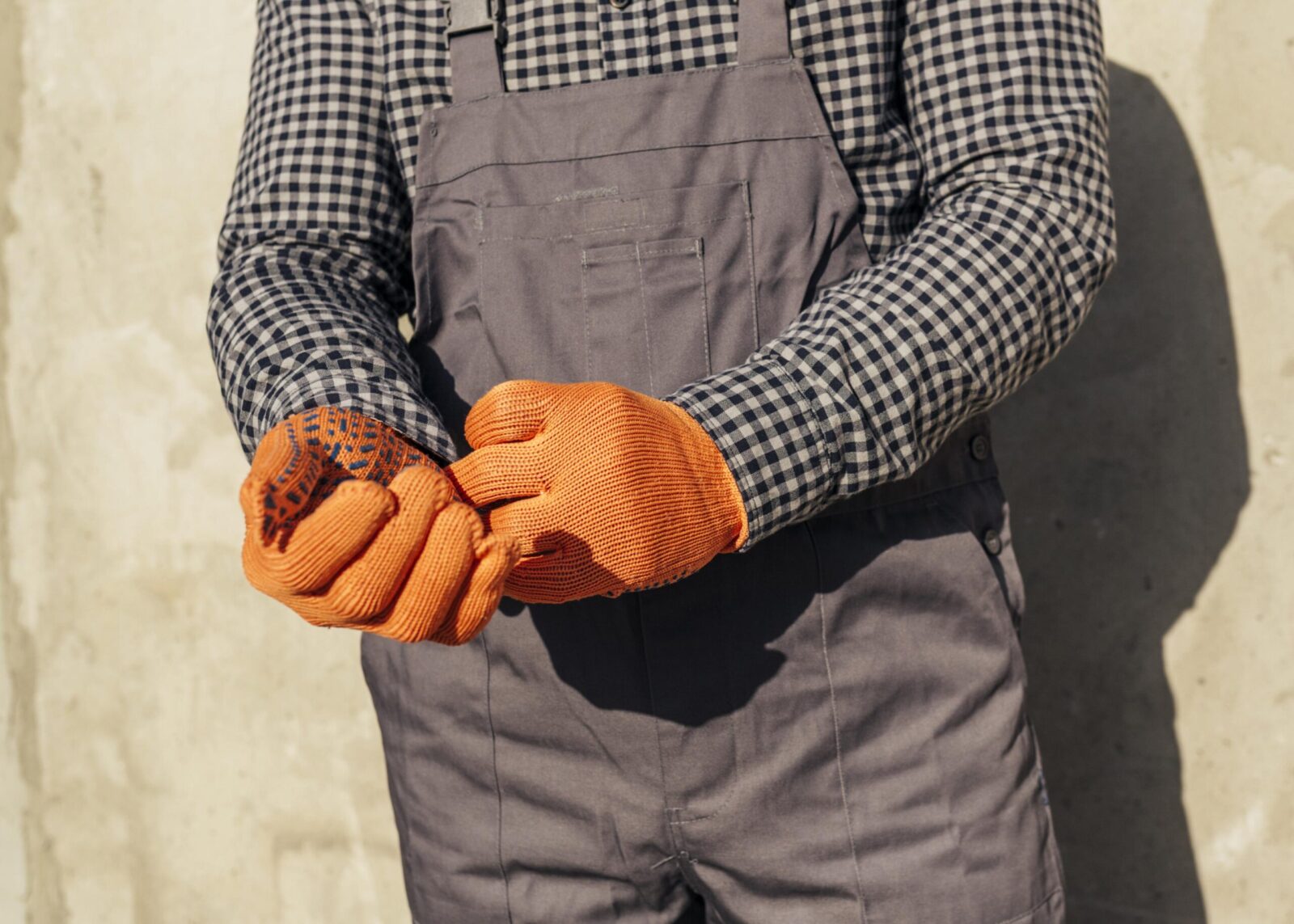
Arc Flash Gloves: Selecting the Right Protection
Choosing the right Arc Flash Gloves is key to ensuring your safety in high-risk environments like electrical maintenance or construction....

Get 20€ off on your first order!
When winter’s chill sets in, construction workers face the challenge of keeping their hands warm while maintaining safety and dexterity on the job.
In this guide, you’ll discover everything you need to know about choosing the perfect winter work gloves for construction.
With expert insights, practical tips, and tailored recommendations, we ensure you’ll be equipped to make an informed decision.
Plus, we’ll prepare you for your next step in winter workwear, helping you gear up for the full spectrum of cold-weather challenges.
For a broader perspective, check out our main article, Choosing The Right Work Gloves For Cold Weather: A Comprehensive Guide.
The insulation type determines the glove’s warmth. Popular options include:
For more information on insulation technologies, explore this scientific breakdown of insulation materials.
Construction tasks require gloves that can withstand abrasion, cuts, and punctures. Look for materials like:
Waterproof gloves ensure that your hands stay dry and comfortable, allowing you to work safely and efficiently in wet conditions. Choose gloves with:
Construction work involves handling tools and materials precisely. Gloves with:
Ensure your gloves meet relevant European safety standards such as EN 388 for mechanical risks and EN 511 for thermal protection. Learn more about EN Standards from this guide in Wikipedia.
| Material | Key Features | Ideal Use |
| Thinsulate™ | Lightweight, excellent insulation | Extreme cold |
| Leather | Durable, abrasion-resistant | General construction |
| PVC Coating | Water-resistant, great grip | Wet environments |
| Synthetic Fabric | Flexible, water-repellent | Versatile tasks |
Reinforced gloves enable workers to handle tools confidently and securely, offering enhanced safety and protection in environments where impacts may occur. Look for gloves with reinforced knuckles or padded palms for extra safety.
In low-light or high-risk environments, high-visibility gloves ensure workers are easily seen, fostering a safer and more efficient working environment.
Explore the best options in our Winter Work Gloves category. Here are some practical recommendations based on common construction needs:
These gloves are tailored to meet the demands of European winters and ensure both comfort and protection on the job.
Winter construction work demands more than just gloves. Protecting other extremities, layering effectively, and maintaining mobility are equally important for a safe and comfortable work environment. Consider pairing your gloves with other protective gear:
For guidance, check out related articles like How To Choose Work Jackets For Winter or How To Choose The Right Winter Safety Shoes.
We hope this guide has been invaluable in helping you understand how to choose the perfect winter work gloves for construction. From insulation types to safety standards, we’ve covered the essentials to ensure your hands stay warm, protected, and functional on the job. Explore our Winter Work Gloves collection to find top-quality options tailored to European winters, featuring trusted brands designed for durability and comfort.
Have questions or need advice on finding the ideal gloves? Reach out to us anytime—we’re here to help you gear up for success in every season and tackle your next workwear challenges with confidence.
Measure your hand and refer to the manufacturer’s size chart, considering any liners you might wear.
Regular gloves lack necessary insulation and moisture protection, making specialized winter gloves essential for warmth and safety.
Replace gloves every 6-12 months or immediately if you notice significant wear or damage.
Yes, different roles like electricians or heavy machinery operators require gloves with specialized features for optimal protection.
Clean according to manufacturer instructions, air dry properly, and store in a cool, dry place to preserve insulation.
Thank you! You've signed up for our newsletter.



















Choosing the right Arc Flash Gloves is key to ensuring your safety in high-risk environments like electrical maintenance or construction....

Choosing the right Rubber Insulating Gloves is essential for safety in electrical work, but with so many options, it can...

Are you looking for the right electrical insulating gloves to ensure your safety? This guide will help you understand the...

Choosing the right Arc Flash Gloves is key to ensuring your safety in high-risk environments like electrical maintenance or construction....

Choosing the right Rubber Insulating Gloves is essential for safety in electrical work, but with so many options, it can...

Are you looking for the right electrical insulating gloves to ensure your safety? This guide will help you understand the...
Get 20€ off on your first order!
Save 30% by buying directly from brands, and get an extra 10€ off orders over €100
Save 30% by buying directly form brands, and get an extra 10€ off orders over €100